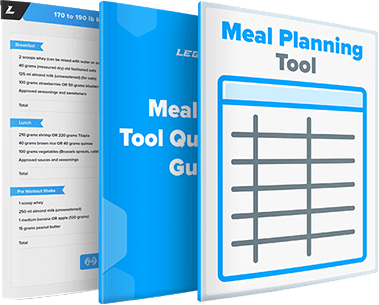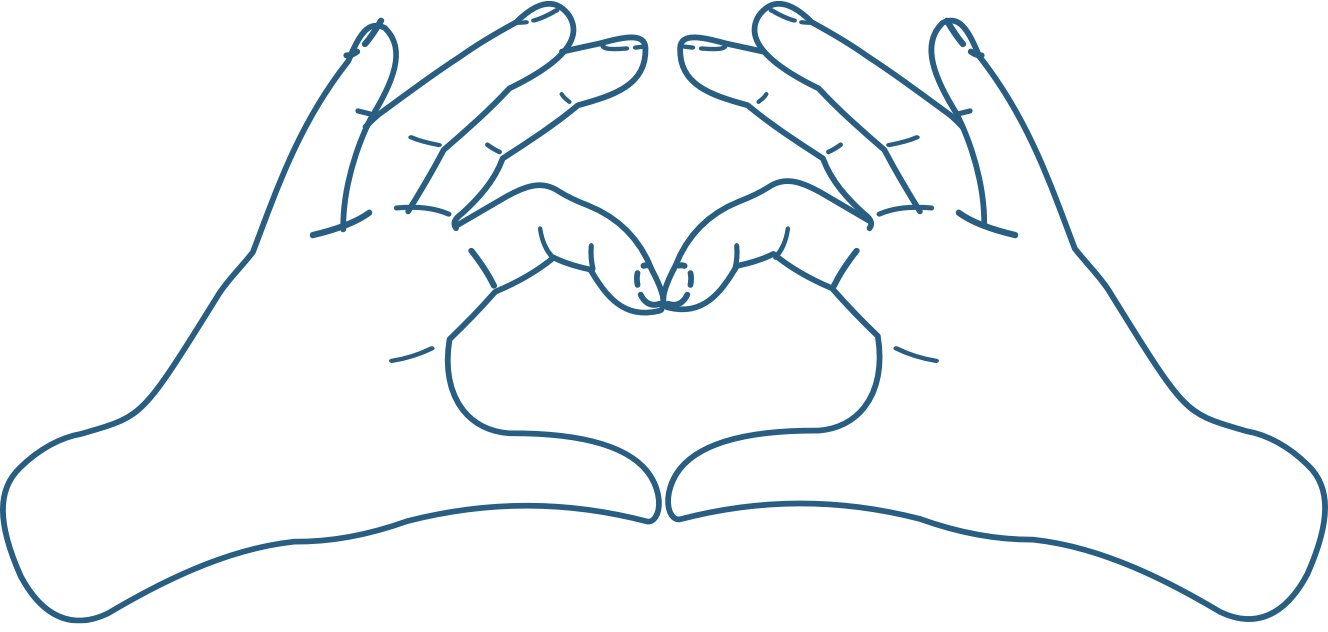A bench press one-rep max (1RM) is the maximum amount of weight you can lift for a single repetition on the bench press using a full range of motion with correct technique.
That is, it’s how much you can bench when touching the bar to your chest and fully straightening your arms without bouncing the bar off your body, lifting your butt off the bench, or getting assistance from a spotter.
Bench Press Max Calculator Instructions
Enter the most weight you’ve bench pressed (in pounds or kilograms) and the number of repetitions you completed into the Legion Bench Press 1RM Calculator to get your estimated 1RM.
How to Get the Most Accurate Results
Follow these seven steps to perform a repetition max test, then enter the results into the max bench press calculator above for an accurate estimate of your bench 1RM:
- Review your training log to find your most recent workout in which you performed the bench press. Record the weight you lifted and the number of reps you completed.
- Input the weight you lifted and the number of reps you did in the one-rep max calculator for the bench press above.
- Note 90% of your bench press one-rep max. You’re going to use this as your starting point to test your repetition maximum.
- Thoroughly warm up before your next bench press workout, then load the bar with 90% of your 1RM. (If it isn’t already, rearrange your workout so the bench press is the first exercise you perform. Doing so ensures you get more accurate results.)
- Do as many reps as possible with 90% of your one-rep max, ending the set one rep shy of technical failure, the point at which your form begins to break down.
- Return to the max bench calculator above and input your latest workout data.
- The calculator will use your repetition max test results to accurately estimate how much you can bench press for a single rep.
How to Improve Your Bench Press Strength Level
Improving your strength is a great way to build muscle mass and maintain motivation to train.
To learn how your strength compares to people of the same body weight and sex, check out our comprehensive guide to strength standards.
And if you want to improve your bench strength level, use these evidence-based tips.
1. Use proper form.
To ensure your form is as efficient as possible, follow these steps:
- Lie on a flat bench with your feet flat on the floor, directly under your knees.
- Pull your shoulder blades together and down, and without lifting your butt or shoulders off the bench, slightly arch your back.
- Grab the bar with your hands slightly wider than shoulder-width apart, take a deep breath, brace your core, and unrack the barbell.
- Bring the barbell to the middle of your chest, keeping your elbows tucked at about a 45-degree angle relative to your body.
- When the bar touches your chest, explosively press the bar back to the starting position.
2. Focus on progressive overload.
To boost your bench, you have to strive to add weight or reps every time you bench press.
This is known as progressive overload, and it improves your strength in two ways:
- It ensures you’re lifting heavier weights over time.
- It helps you gain muscle mass, which is an effective way to increase your strength level.
The easiest way to do this is to use double progression—a method for increasing your weights only once you hit the top of your rep range for a certain number of sets (often one). Learn how to use double progress in our expert guide.
3. Prioritize the bench press.
Studies show that you perform best on the exercises you do earliest in your workouts.
Thus, if you want to give yourself the best opportunity to improve your bench press numbers, start your chest, push, or upper-body workouts with the bench press.
(This is why the “push” workouts in my strength training programs, Bigger Leaner Stronger and Thinner Leaner Stronger, always begin with the bench press or a bench press variation.)
4. Bench more often.
To get stronger at an exercise, you have to practice that exercise.
Therefore, if you want to improve your bench press but currently only bench once weekly, start benching twice per week. Likewise, if you currently bench twice weekly, increase your frequency to three times weekly.
5. Train with heavy weights.
Regularly training with weights close to your maximum will boost your one-rep max strength.
A good guideline is to dedicate approximately 80% of your gym time training in the 4-to-6 rep range (85-to-90% of your one-rep max) and the remainder training in the 6-to-8 or 8-to-10 rep range (75-to-85% of your one-rep max).
FAQ #1: How much should I be able to bench?
It’s very difficult to say how much you should be able to bench press because how much you can lift is greatly affected by how much you weigh, your experience level, and whether you’re a man or a woman.
If you’re just starting out, try not to focus on how your numbers compare to other people. Focus on learning proper bench press form and getting stronger than you were the previous week, month, or year.
That said, if you’re still curious how your numbers stack up against other people who are similar to you or you just want a milestone to shoot for, check out the bench press strength standards in this article:
These Are the Best Strength Standards on the Internet
FAQ #2: Is 225 a good bench for a man?
It depends on how much you weigh and your experience level.
For example, if you’re a 170-pound man who’s just started lifting weights, a bench press of 225 pounds would be excellent.
If, however, you weigh 240 pounds and you’ve been lifting for five years or more, a 225 bench would be pretty underwhelming.
FAQ #3: How does tracking your bench press one-rep max help you build muscle?
Tracking your one-rep max helps you get stronger, which is the most reliable way to build muscle. If your one-rep max is going up for a particular exercise, that means the muscles trained by that exercise are growing.
Scientific References +
- Brechue, William F., and Takashi Abe. “The Role of FFM Accumulation and Skeletal Muscle Architecture in Powerlifting Performance.” European Journal of Applied Physiology, vol. 86, no. 4, Feb. 2002, pp. 327–336, https://doi.org/10.1007/s00421-001-0543-7.
- Romano, Nuno, et al. “Effects of Resistance Exercise Order on the Number of Repetitions Performed to Failure and Perceived Exertion in Untrained Young Males.” Journal of Human Kinetics, vol. 39, no. 1, 1 Dec. 2013, pp. 177–183, https://doi.org/10.2478/hukin-2013-0080. Accessed 29 May 2020.
- Simão, Roberto, et al. “Influence of Exercise Order on Maximum Strength and Muscle Thickness in Untrained Men.” Journal of Sports Science & Medicine, vol. 9, no. 1, 2010, pp. 1–7, pubmed.ncbi.nlm.nih.gov/24149379/. Accessed 4 Apr. 2023.
- Schoenfeld, Brad J., et al. “Effects of Low- vs. High-Load Resistance Training on Muscle Strength and Hypertrophy in Well-Trained Men.” Journal of Strength and Conditioning Research, vol. 29, no. 10, Oct. 2015, pp. 2954–2963, pubmed.ncbi.nlm.nih.gov/25853914/, https://doi.org/10.1519/jsc.0000000000000958.










